All You Need To Know About OpenAi
OpenAI is an American artificial intelligence (AI) research laboratory consisting of the non-profit OpenAI Incorporated and its for-profit subsidiary corporation OpenAI Limited Partnership.
OpenAI conducts AI research with the declared intention of promoting and developing a friendly AI.
All About OpenAi
OpenAI is an artificial intelligence (AI) research organization that was founded in 2015 with the goal of developing advanced AI technologies in a safe and beneficial manner. It is headquartered in San Francisco, California, USA.
OpenAI’s mission is to ensure that artificial general intelligence (AGI), which refers to highly autonomous systems that can outperform humans at most economically valuable work, benefits all of humanity.
OpenAI conducts cutting-edge research in various AI domains, including machine learning, natural language processing, computer vision, robotics, and reinforcement learning.
Their research is focused on advancing the field of AI and pushing the boundaries of what is possible with AI technologies.
One of the key principles of OpenAI is safety. They are deeply concerned about the potential risks and safety implications associated with AGI development.
OpenAI is committed to researching and promoting techniques that make AGI safe, and driving the adoption of safety practices across the AI community.
OpenAI also emphasizes cooperative orientation and actively collaborates with other research and policy institutions to create a global community that addresses AGI’s global challenges. They aim to provide public goods that help society navigate the path to AGI, which currently includes publishing most of their AI research.
However, OpenAI acknowledges that safety and security concerns may reduce traditional publishing in the future, while increasing the importance of sharing safety, policy, and standards research.
OpenAI is governed by a board of directors and aims to act diligently in fulfilling its fiduciary duty to humanity. They are committed to marshaling substantial resources to fulfill their mission while minimizing conflicts of interest and ensuring responsible AI development and deployment.
OpenAI’s work has the potential to significantly impact society and shape the future of AI and AGI. As a prominent organization in the field of AI research, OpenAI’s developments and contributions are closely followed by the scientific community, policymakers, and the general public.
All About OpenAi
OpenAI is a leading artificial intelligence (AI) research organization that focuses on developing advanced AI technologies in a safe and beneficial manner. Here are some key points to know about OpenAI:
- Mission: OpenAI’s mission is to ensure that artificial general intelligence (AGI), which refers to highly autonomous systems that can outperform humans at most economically valuable work, benefits all of humanity. OpenAI aims to build safe and beneficial AGI directly or aid others in achieving this outcome.
- Research: OpenAI conducts cutting-edge research in various AI domains, including machine learning, natural language processing, computer vision, robotics, and reinforcement learning. Their research is published in order to contribute to the broader scientific community and foster collaboration.
- Principles: OpenAI follows a set of key principles that guide their work, which include ensuring broadly distributed benefits, long-term safety, technical leadership, and cooperative orientation. They are committed to avoiding uses of AI that could harm humanity or concentrate power in the hands of a few.
- Safety: OpenAI is deeply concerned about the safety implications of AGI development. They are committed to researching and promoting techniques that make AGI safe, and driving the adoption of safety practices across the AI community.
- Cooperative Orientation: OpenAI actively cooperates with other research and policy institutions to create a global community that addresses AGI’s global challenges. They aim to provide public goods that help society navigate the path to AGI, which currently includes publishing most of their AI research.
- Evolution: OpenAI recognizes that the path to AGI may be uncertain and complex. They are committed to being flexible in their approach and continually updating their strategies as the field of AI develops.
- Governance: OpenAI is governed by a board of directors and seeks to act diligently in fulfilling its fiduciary duty to humanity. They aim to marshal substantial resources to fulfill their mission while minimizing conflicts of interest.
- Applications: OpenAI’s research has a wide range of potential applications, from improving natural language processing capabilities, developing autonomous robots, and advancing machine learning techniques for various industries, including healthcare, finance, and transportation.
- Ethics: OpenAI is committed to conducting research and development in a manner that aligns with ethical principles, including fairness, transparency, and accountability. They aim to minimize biases, ensure transparency in their research, and promote responsible AI deployment.
- Impact: OpenAI’s work has the potential to significantly impact society and shape the future of AI and AGI. As a prominent organization in the field of AI research, OpenAI’s developments and contributions are closely followed by the scientific community, policymakers, and the general public.
Overall, OpenAI is a leading organization in the field of AI research, with a mission to ensure that AGI benefits all of humanity. They are committed to conducting cutting-edge research, prioritizing safety, cooperating with others, and promoting ethical practices in the development and deployment of AI technologies.
Language models developed by OpenAI
ChatGPT is a large language model developed by OpenAI that is designed for generating human-like text responses in a conversational manner.
It is part of the GPT (Generative Pre-trained Transformer) family of models, which are based on deep learning techniques, specifically using transformer architectures, and trained on vast amounts of text data.
ChatGPT is designed to understand and generate text responses in a conversational context. It can engage in interactive conversations with users, respond to questions, provide information, and generate text in a wide range of styles and tones.
It can be used for various applications, such as chatbots, virtual assistants, customer service interactions, content generation, and more.
ChatGPT is trained on large datasets of text from the internet, which enables it to learn the patterns and structures of human language. It is capable of understanding and generating text in multiple languages and can handle a wide range of topics and domains.
OpenAI has trained ChatGPT using state-of-the-art techniques in natural language processing and machine learning, and it continues to be updated and improved over time.
ChatGPT is a powerful tool for generating text-based conversational interactions and is widely used in various applications where human-like language generation is required.
OpenAI has developed several other language models in addition to ChatGPT. Some of the notable language models developed by OpenAI are:
GPT-2: GPT-2 is a predecessor to GPT-3 and is a large-scale language model with 1.5 billion or 1.8 billion parameters, depending on the version. It gained significant attention due to its ability to generate high-quality text that is often difficult to distinguish from text written by humans. GPT-2 has been used in various applications, including text generation, content creation, language translation, and more.
Codex: Codex is a language model developed by OpenAI that is trained specifically on programming code. It is capable of understanding and generating code in multiple programming languages, making it a valuable tool for software development, code completion, and code-related tasks.
InstructGPT: InstructGPT is a language model that is trained to follow instructions provided in a prompt and generate detailed responses accordingly. It is designed to understand and generate text that provides step-by-step instructions, making it useful for tasks such as recipe generation, procedural guidance, and instructional content creation.
WebGPT: WebGPT is a language model that is trained on a large corpus of web text, enabling it to understand and generate text related to web content, including web pages, search results, and online interactions. It can be used for tasks such as web content generation, search result summaries, and online content curation.
OpenAI continues to research and develop state-of-the-art language models, pushing the boundaries of what is possible with natural language processing and machine learning. These models are designed to be powerful tools for various applications in the field of language generation and text-based interactions.
Who are the competitors of OpenAi
As a leading organization in the field of artificial intelligence (AI) research and development, OpenAI faces competition from several other companies and research institutions. Some of the notable competitors of OpenAI in the AI space include:
- Google DeepMind: DeepMind is a research organization focused on developing AI technologies and is known for its work in areas such as reinforcement learning, computer vision, and natural language processing. It has developed several high-profile AI models, including AlphaGo, which defeated the world champion Go player, and has been involved in various applications of AI in fields like healthcare and gaming.
- Microsoft Research: Microsoft Research is the research division of Microsoft, and it conducts extensive research in AI and machine learning. Microsoft has developed several AI models and platforms, such as Microsoft Cognitive Services and Microsoft Bot Framework, which are used in various applications like language processing, computer vision, and conversational AI.
- Facebook AI Research (FAIR): FAIR is the AI research division of Facebook, and it focuses on developing AI technologies for various applications within Facebook’s ecosystem, including natural language processing, computer vision, and speech recognition. FAIR has been involved in research on chatbots, recommendation systems, and other AI-driven features for social media platforms.
- Amazon Web Services (AWS) AI: AWS AI is the AI services division of Amazon Web Services, providing a range of AI tools and services for developers and businesses. AWS offers AI solutions in areas such as natural language processing, computer vision, speech recognition, and machine learning, which compete with OpenAI’s offerings in these domains.
- Research Institutions: OpenAI also faces competition from various research institutions and academic organizations that are actively involved in cutting-edge AI research. These institutions include universities, research labs, and think tanks that conduct research and development in AI, machine learning, and related fields, contributing to the advancements in the field of AI.
It’s worth noting that the field of AI is constantly evolving, and there are numerous other companies, startups, and research organizations that may emerge as competitors to OpenAI in the future.
Competition in the AI space is healthy and drives innovation, pushing organizations to continually develop and improve their AI technologies.

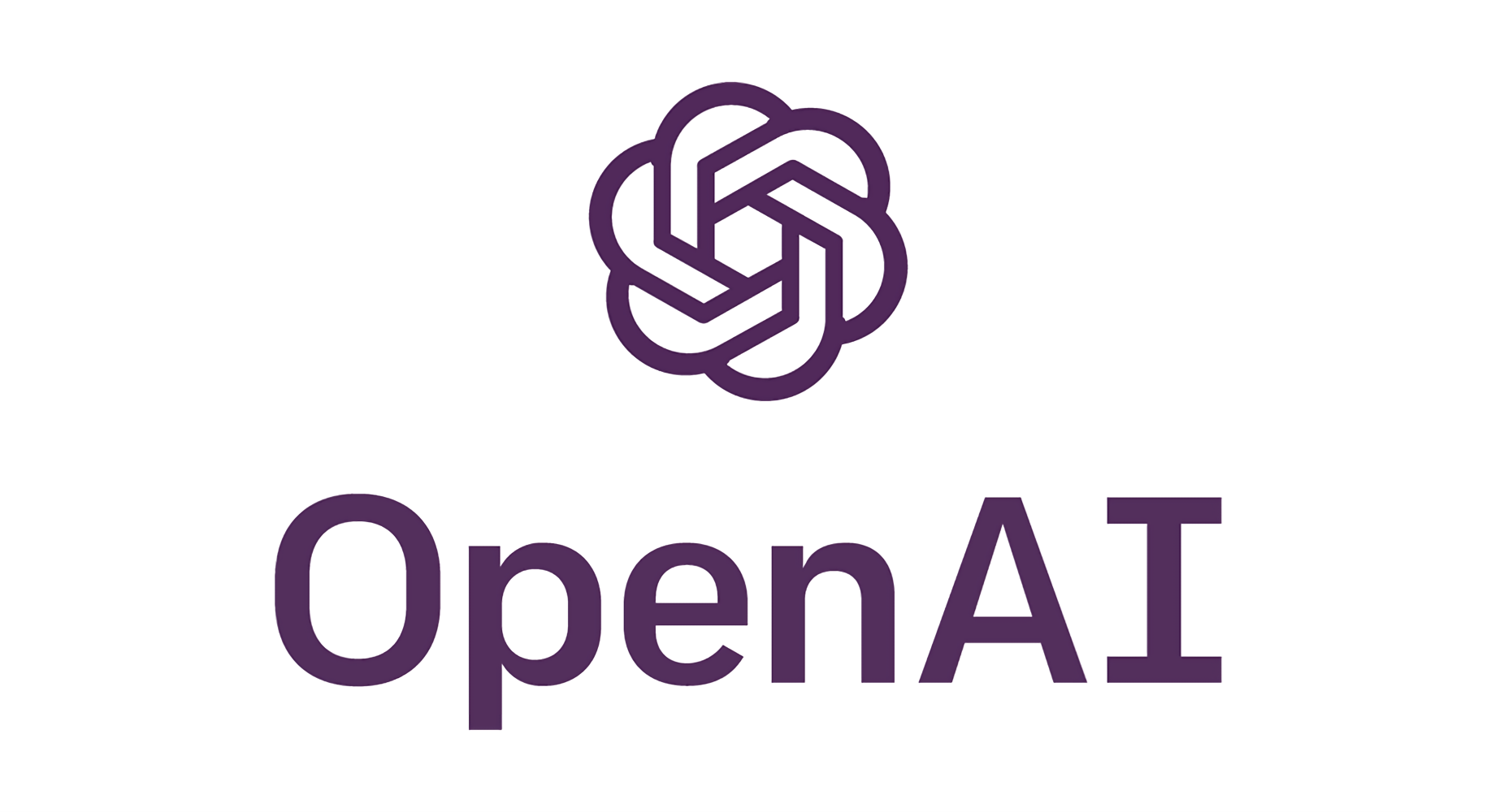

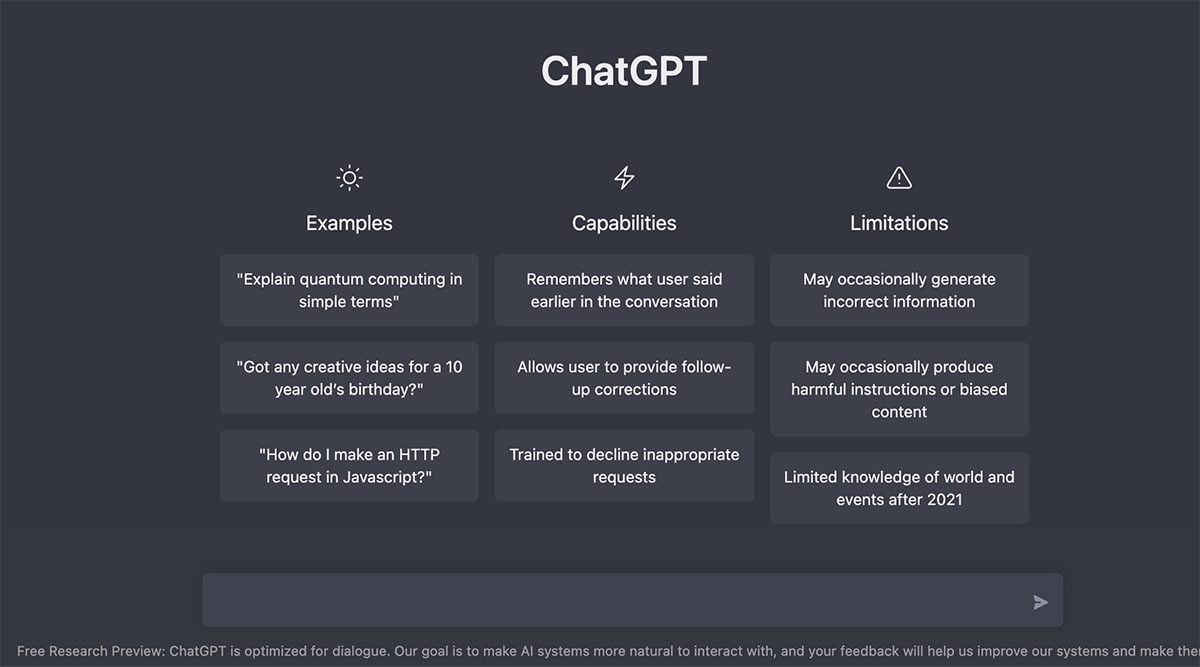
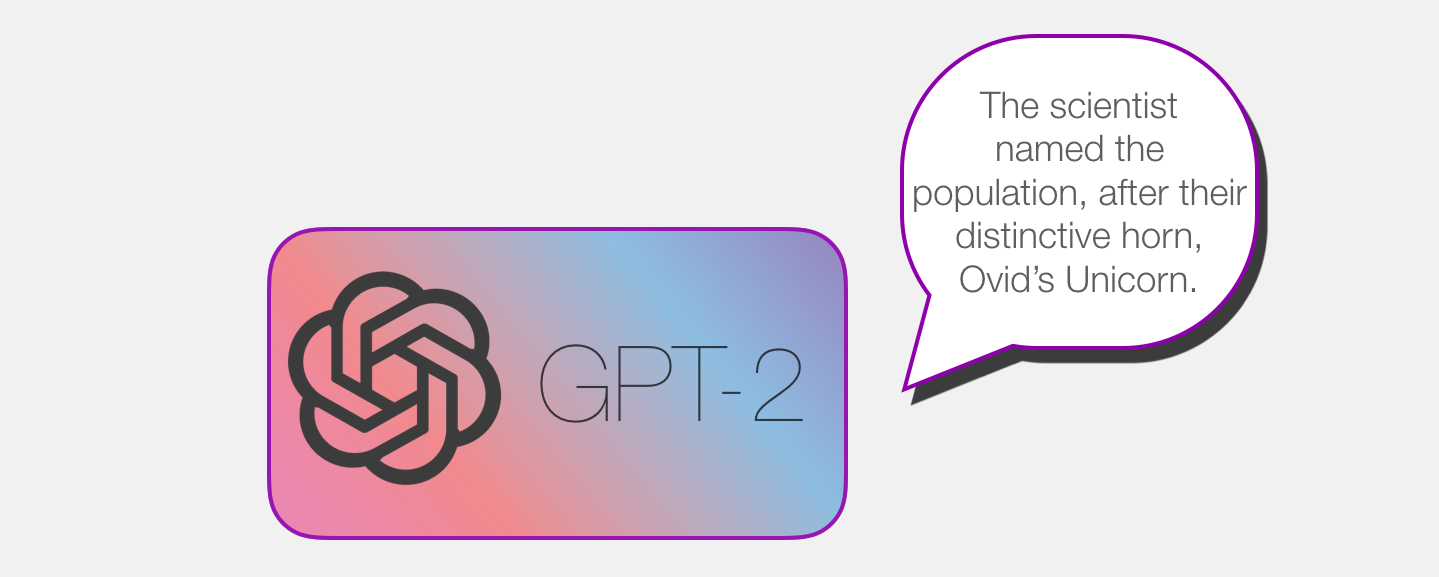 GPT-2: GPT-2 is a predecessor to GPT-3 and is a large-scale language model with 1.5 billion or 1.8 billion parameters, depending on the version. It gained significant attention due to its ability to generate high-quality text that is often difficult to distinguish from text written by humans. GPT-2 has been used in various applications, including text generation, content creation, language translation, and more.
GPT-2: GPT-2 is a predecessor to GPT-3 and is a large-scale language model with 1.5 billion or 1.8 billion parameters, depending on the version. It gained significant attention due to its ability to generate high-quality text that is often difficult to distinguish from text written by humans. GPT-2 has been used in various applications, including text generation, content creation, language translation, and more.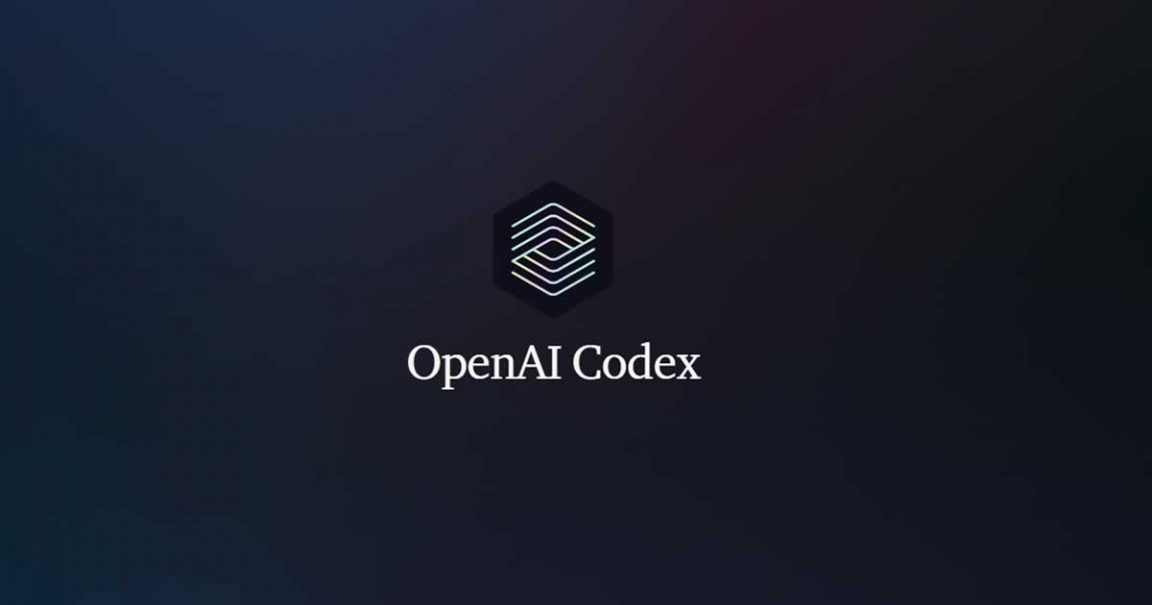 Codex: Codex is a language model developed by OpenAI that is trained specifically on programming code. It is capable of understanding and generating code in multiple programming languages, making it a valuable tool for software development, code completion, and code-related tasks.
Codex: Codex is a language model developed by OpenAI that is trained specifically on programming code. It is capable of understanding and generating code in multiple programming languages, making it a valuable tool for software development, code completion, and code-related tasks.![All About OpenAi 7 OpenAI GPT3 Instruct Series V3 [And Latest Updates] - YouTube](https://i.ytimg.com/vi/C0__YQh99t0/maxresdefault.jpg) InstructGPT: InstructGPT is a language model that is trained to follow instructions provided in a prompt and generate detailed responses accordingly. It is designed to understand and generate text that provides step-by-step instructions, making it useful for tasks such as recipe generation, procedural guidance, and instructional content creation.
InstructGPT: InstructGPT is a language model that is trained to follow instructions provided in a prompt and generate detailed responses accordingly. It is designed to understand and generate text that provides step-by-step instructions, making it useful for tasks such as recipe generation, procedural guidance, and instructional content creation. WebGPT: WebGPT is a language model that is trained on a large corpus of web text, enabling it to understand and generate text related to web content, including web pages, search results, and online interactions. It can be used for tasks such as web content generation, search result summaries, and online content curation.
WebGPT: WebGPT is a language model that is trained on a large corpus of web text, enabling it to understand and generate text related to web content, including web pages, search results, and online interactions. It can be used for tasks such as web content generation, search result summaries, and online content curation.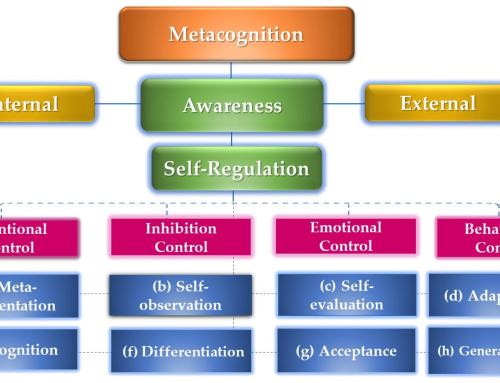

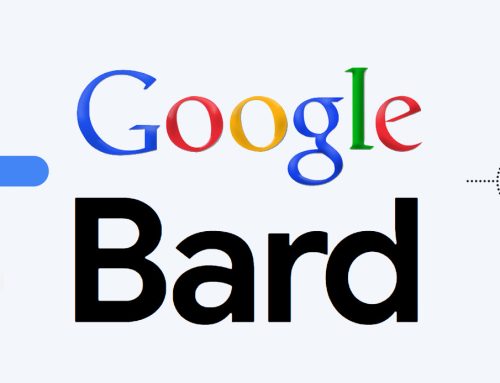
[…] Previous […]
[…] traditional search, the chatbot can answer complex questions, summarize factual topics, or create stories. It can also understand […]
[…] a widely used AI Chatbot, showed true testament to adoption of AI technology with the platform gaining 1 million users […]